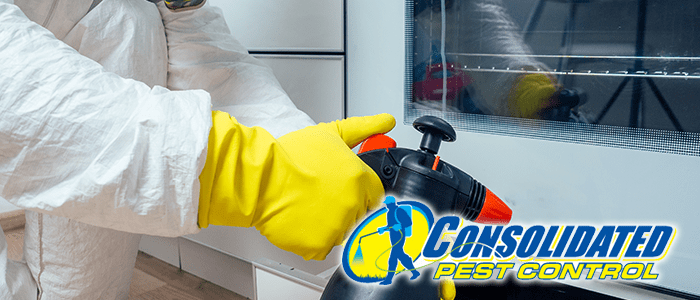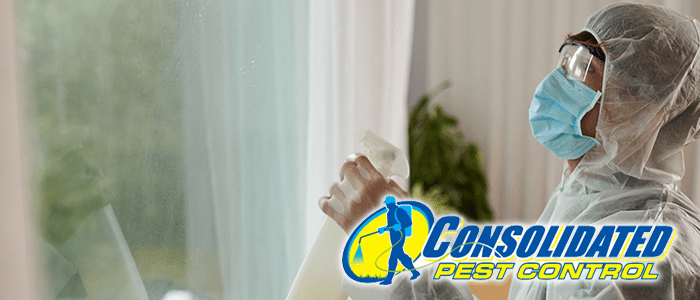
Floridians are lucky enough to live in a state that hosts some of the world’s best beaches and tourism icons, such as Disney World. However, the tropical climate, coupled with the wide variety of ecosystems means that the state is also plagued by pests. Ants are such an issue that the state has its own species – Formica archboldi. Read on to learn how the so-called Florida ants are in the running for spookiest home décor in the animal planet.
Florida Ants, A Primer
The Formica archboldi is native to the Southeastern United States. The highest density of these pests, however, is Florida. This has earned the ant the colloquial name of Florida ants. The ant was first identified in Highlands County, in central south Florida. People who live along the coasts and far into southern Florida do not have to worry about these particular pests. There has been a single confirmed sighting in Naples. Other than that outlier, the ants have only been seen as far south as their original sighting in Highland County.
The ants thrive in pine woodlands and scrub areas. They prefer sandy soil and the protection of pine trees or wiregrass. Archiboldi are very sensitive to human expansion. Many etymologists in Florida use these pests as trackers for the integrity of a site.
The thing that sets Florida ants apart from other Southeastern species, however, is how they decorate their nests. Their secret to the perfect homey colony? Skulls. Lots and lots of skulls.
Florida ants are not predators to other ants, nor are they cannibals. In some places they are even “slave ants” to other species. Yet, these small ants are often found with stacks of skulls in the various rooms of their colonies. Their favorite to collect is the severed head of trap-jaw ants.
How To Decapitate A Trap-Jaw Ant
Trap-jaw ants are a highly aggressive species of ant. They have armor-like exoskeletons, huge jaws they clamp shut at blinding speed, and a huge stinger that paralyzes other ants. How do the relatively average Florida ants not only kill, but dismember the much larger trap-jaw species? Adrian Smith, a Florida native who now works at North Carolina State University, decided to find out.
Smith used both slow-motion, as well as time lapsed video to study how exactly the Florida ants went about their hardcore task. The slow-motion video he used to analyze individual actions, while time lapse was used to observe colonies as a whole.
The Florida ants first spray the trap-jaw ants with formic acid from their abdomen. This acid is a paralytic. Once the trap-jaw has been hit with formic acid, it cannot move to attack the Florida ants or walk away. The smaller ants then pickup the mostly paralyzed predator-turned-prey and carry them into the nest.
Once the doomed trap-jaw is in the nest, they are treated the same way that food is. For about 18 hours, the Florida ants attack the trap-jaw ant until the skull pops off the rest of the body.
There is no definite answer as to why the ants do this, but Adrian Smith suspects that it’s for food. Not only are the trap-jaw ant treated like food in the colony, their bodies are often hollowed out by the Florida ants.








